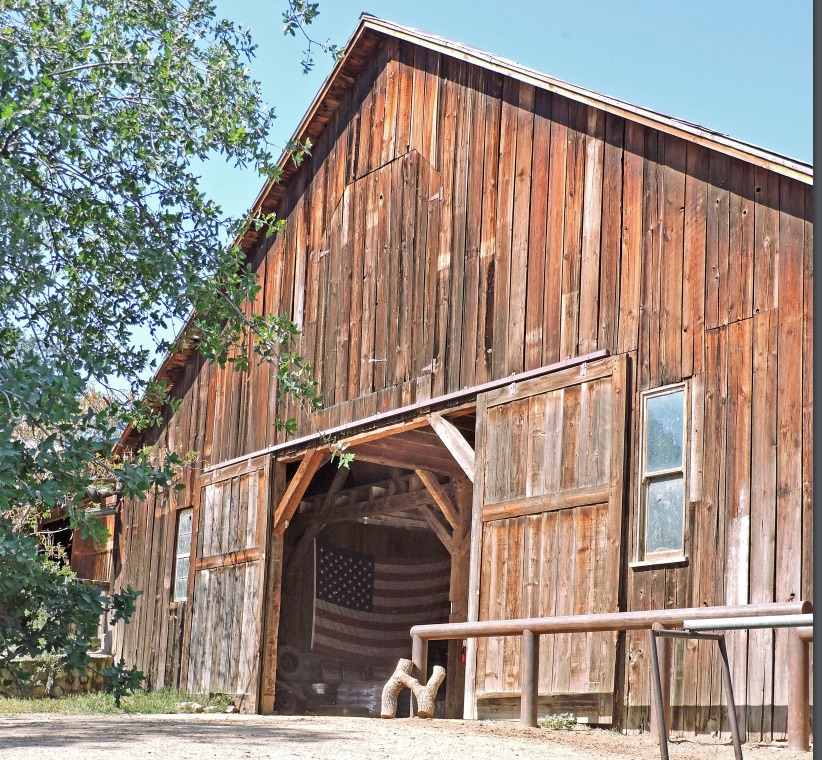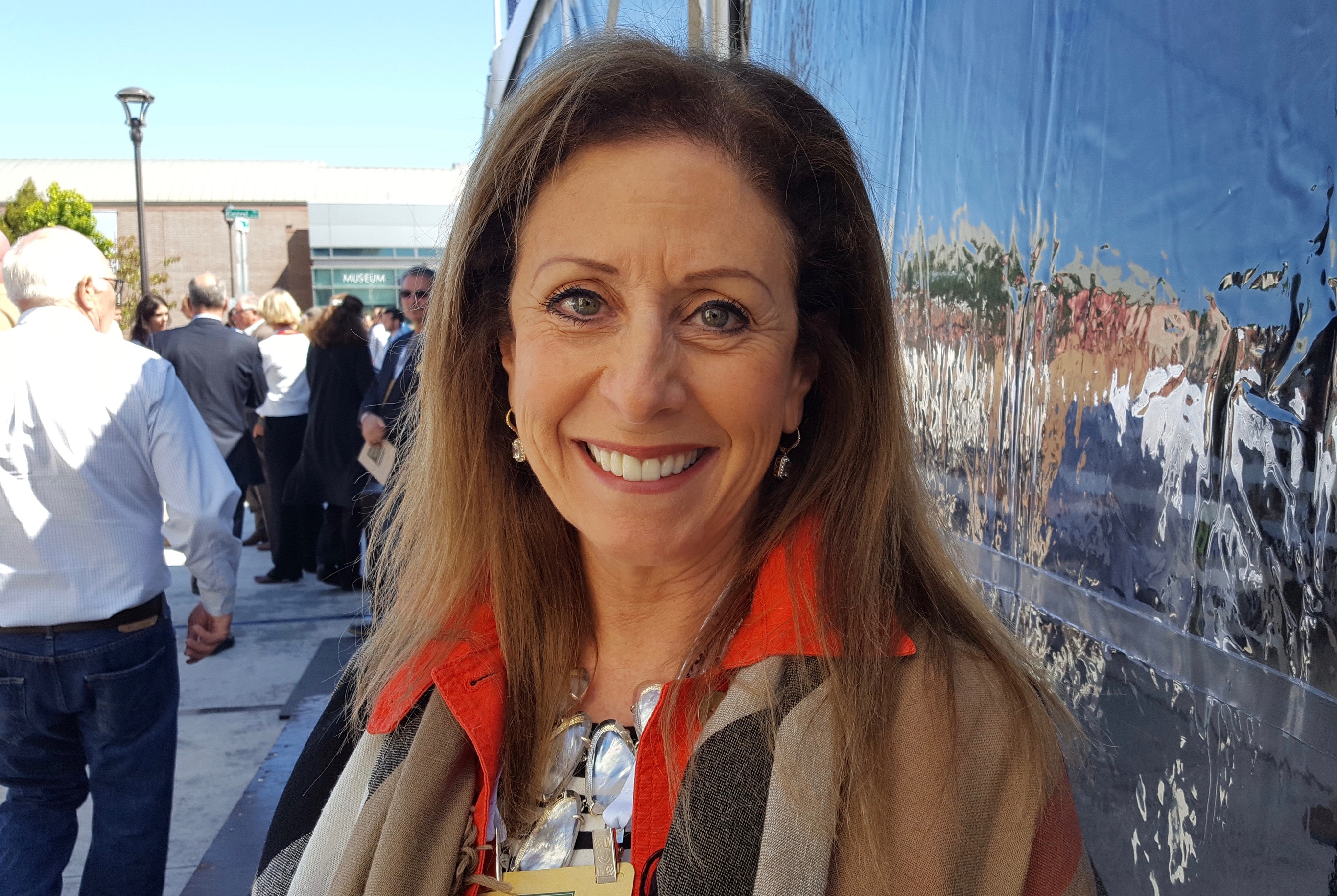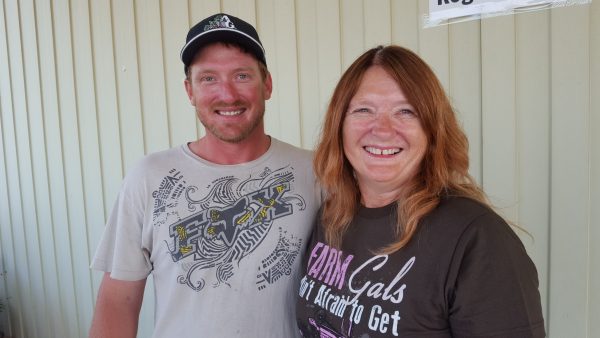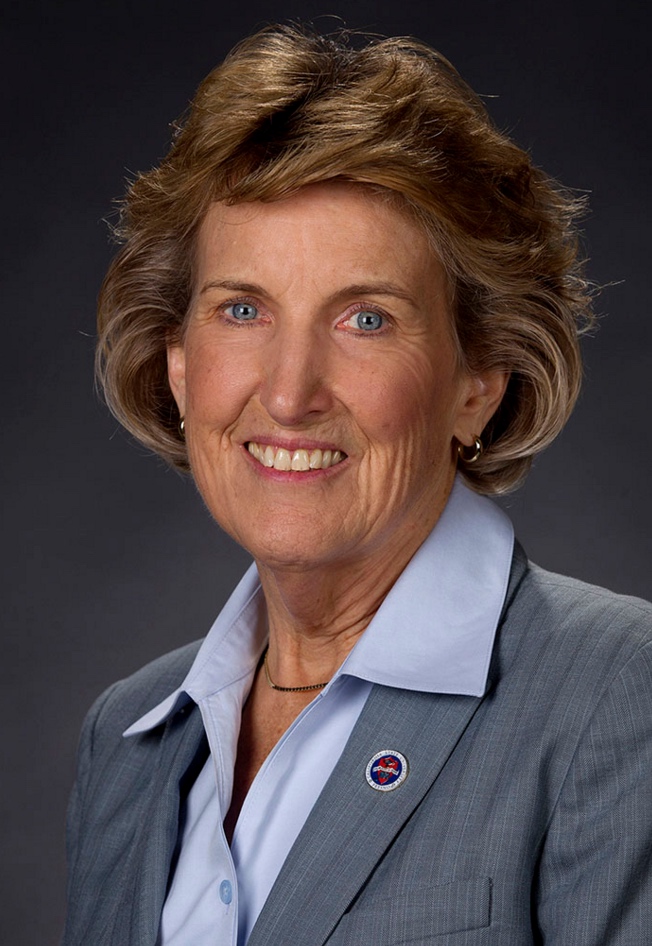Raisin Grapes
Celebrating California Agriculture . . .
Celebrating California Agriculture . . . An Ongoing Series
By Laurie Greene, Editor
Celebrating California agriculture is a refreshing perspective. Peterangelo Vallis, executive director of the Fresno-based San Joaquin Valley Winegrowers Association, has an astute viewpoint on California agriculture. Vallis said, foundationally, consumers loves farmers—unless those consumers have been exposed to oppositional or politicized messaging—but most have not been.
“You go talk to any random person in any city,” said Vallis. “If they’re not politicized, which most people aren’t, they are just trying to live their lives, eat their food and rear their children. And they love farmers because farmers make food,” Vallis said.
“What have been some of the most effective agricultural campaigns in the country? Wendy’s ‘Where’s the Beef?’ Blue Diamond almonds, ‘A Can A Week, That’s All We Ask.’ These ads humanize who we are talking about.”
“How about the California Dancing Raisins? That was huge,” noted Vallis. “Everyone in any part of the country remembers those raisins. That’s positive PR. That was positive recognition for Ag. We’ve got to be doing more of that.”
Vallis advocates more positive PR, but says we need to take a different approach. “Instead of all these billboards running up and down [State Route] 99 that make us look like vigilantes with pitchforks, we need to take whatever money that took, buy some billboards in L.A. and San Francisco, Washington D.C., and New York with some happy kids, with a bowl full of veggies saying, “Thanks, mom! This was great!”
“This is basic, basic stuff because, realistically, we’re marketing the fact that we need help to make more food,” Vallis noted. “We’re making safe domestic food, but if we don’t engage with the people that are our customers, we’re never going to be able to get our ideas and our needs across, because we’re just not talking to the right audience.”
“They’re not enough people here in the valley to move the needle. We’ve got to figure out a way to get San Francisco and L.A. appreciating our position, loving what we do, and trusting that we’re doing the very best job possible,” said Vallis.



































